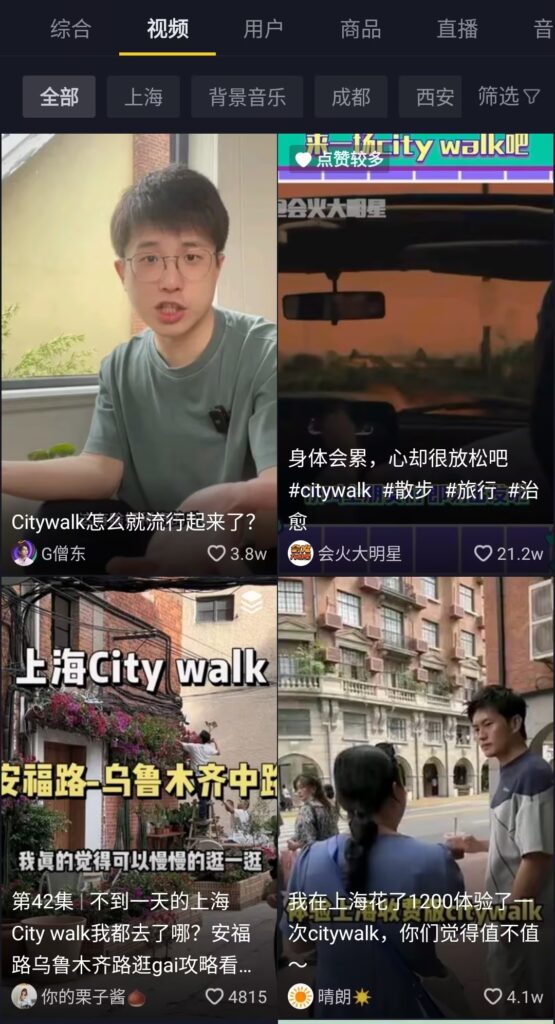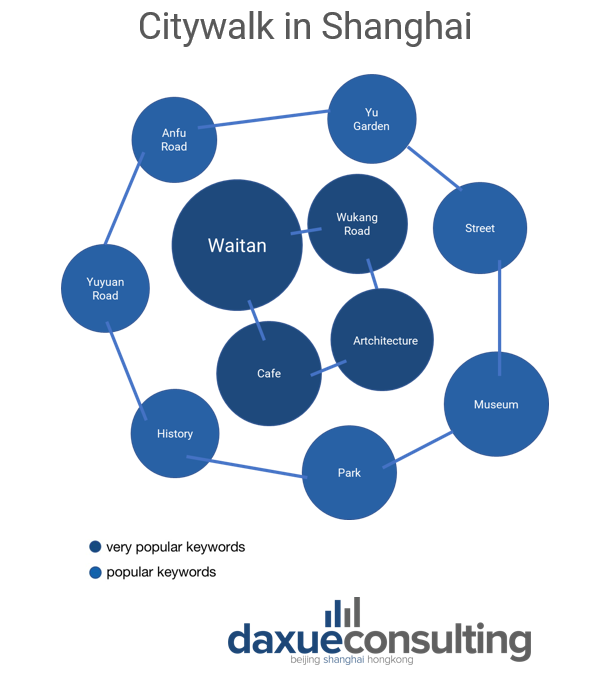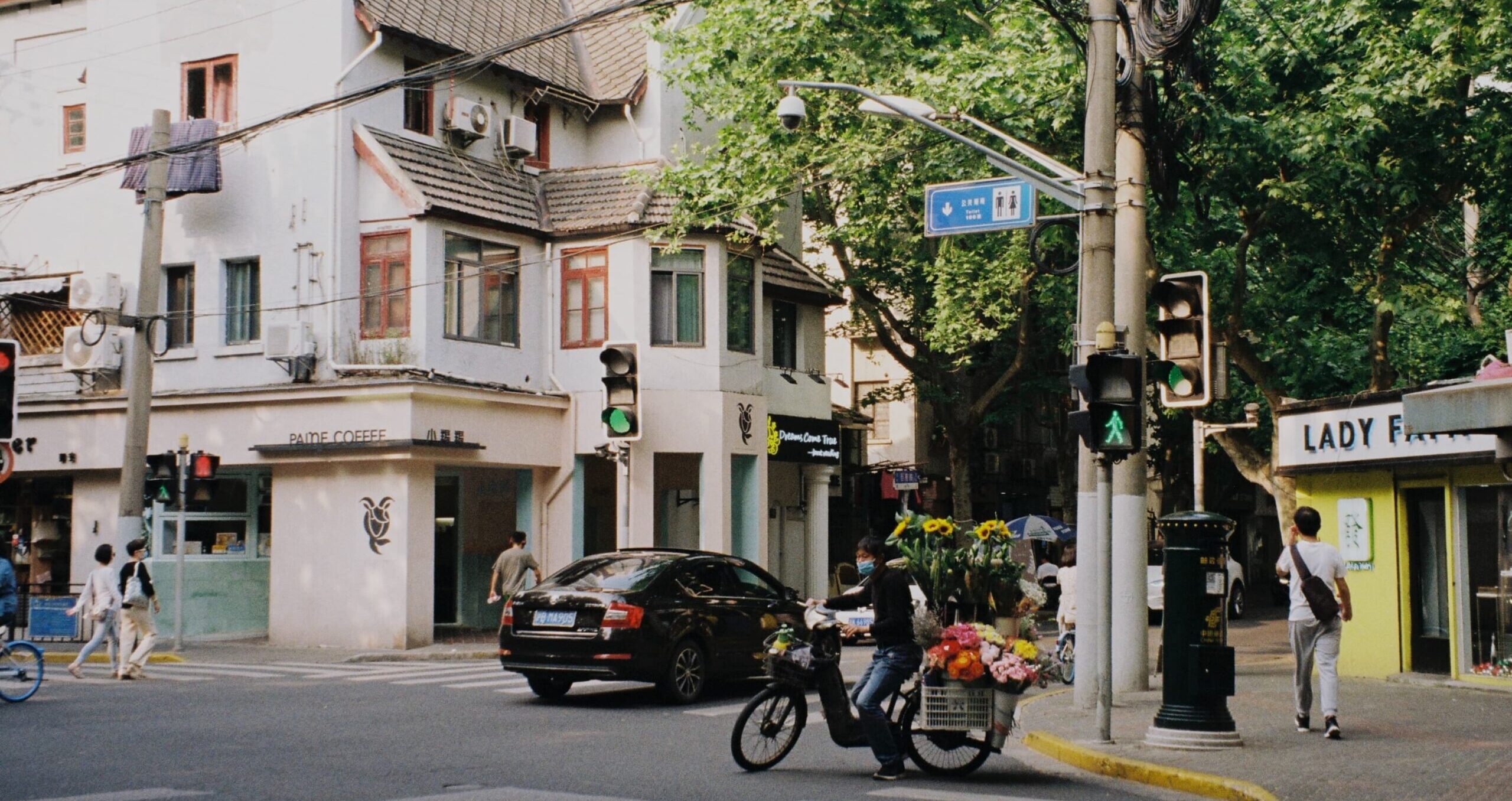Citywalk has emerged as the latest trend capturing the hearts of young people this summer, transforming the way they travel and explore. Emphasizing a leisurely and immersive experience, this form of travel has gained immense popularity in China due to its liberating and free-spirited nature.
Citywalk: an urban tourism trend popular in China
Citywalk, originating in London, offers a unique way of exploring cities without the need for extensive planning. Unlike traditional travel that focuses on visiting internet-famous attractions, Citywalk allows travelers to immerse themselves in the streets and alleys, gaining a fresh understanding of the city’s history, geography, culture, and customs.
This leisurely and casual approach to urban exploration appeals particularly to the younger generation, who often find themselves caught up in hectic work schedules, leaving them with little time to truly experience their local surroundings. Citywalk invites people to be a flaneur strolling through bustling markets, ancient streets, and charming alleys at a slow pace with no early planning, avoiding crowded tourist landmarks to embrace a more inclusive and surprising experience of the city.
Whether it’s a tour for a group of friends visiting city monuments and seeking small treasure shops or a solo adventure wandering aimlessly, Citywalk emphasizes the freedom to explore without rigid travel rules. The core idea is to savor the historical charm and vibrant life of the city, making every step a delightful journey of unexpected discovery.
Citywalk’s popularity soars: The social media phenomenon reshaping urban travel
With an increasing number of individuals eager to share their experiences and thoughts online, the hashtags and keywords related to Citywalk have taken center stage on various Chinese social media platforms. On Xiaohongshu, there are currently a staggering 513k notes dedicated to Citywalk. Citywalk made its mark in Xiaohongshu’s “Top Ten Life Trends in 2022“, securing the fifth spot. In June alone, the topic’s traffic has surged by 190.93%, with an impressive 119.64% increase in the total estimated notes.
The “2023 Tourism Research Report,” made by DT Finance and DT Research Institute, unveiled a striking trend: a remarkable 82% of individuals expressed a strong desire to embark on a Citywalk adventure, surpassing interest in other novel travel methods. The popularity of Citywalk videos also skyrocketed on the short video platform Douyin, amassing millions of views. These posts typically include details about the duration of the walk and captivating places and restaurants to visit along the way. Even though some people remain skeptical, dismissing it as merely a trendy term for walking, the hot trend on social media invites and inspires more people to join this new style of exploring the city.

Citywalk revolution: Unleashing adventurous spirits in China
As Citywalk gains prominence, it has opened up fresh opportunities for the tourism industry, particularly in the realms of dining, shopping, and accommodation. Leading cities such as Qingdao and Beijing have integrated Citywalk into their action plans to foster cultural tourism and leisure activities. Shanghai has taken a step further in promoting Citywalk by introducing dedicated routes using public buses. This initiative aims to facilitate day-trippers in reaching more remote areas via public transport, making it easier for out-of-town tourists and locals to join the emerging trend and explore the city.
On various social media platforms, enthusiastic participants proactively design their Citywalk themes based on their unique interests and hobbies. Once they delve into relevant topics, they uncover a plethora of recommended routes that lead them through captivating old streets, “unknown” alleys, niche shopping districts, and intriguing museums within the same city. For instance, on Xiaohongshu, there are “bookworms” meticulously curating a list of independent bookstores in cities, like Hangzhou and Chengdu, crafting the perfect “City Book Walk” itinerary tailored to book aficionados.

Moreover, people prefer to add an element of excitement and unpredictability by deciding their next destination and activity through playful methods like throwing dice or guessing fists. They might determine how many bus or subway stops to take or even which intersection and restaurant to explore for culinary delights. This adventurous and novel approach to roaming transforms Citywalk into an intriguing “blind box” adventure, where people embrace the thrill of unexpected surprises.
Unraveling the urban charms in Shanghai from historical havens and vibrant streetscapes
Citywalk’s popularity is evident in its preference for cities steeped in rich historical and cultural heritage, coupled with captivating streetscapes, making them the top choices for young enthusiasts. Shanghai, in particular, exemplifies both of these characteristics, leading this trend with its vibrant urban appeal and cultural treasures. In addition to being associated with keywords like “art” and “petty bourgeoisie,” Shanghai’s allure to young people also lies in its abundance of specialty coffee shops, making it a strong attraction for urban explorers.

It is worth noting that, in addition to history and culture, “the hustle and bustle of the city life” has also become a reason for more and more young people to stroll in cities. Guiyang, Chongqing, and Chengdu are also representatives of “the hustle and bustle of the city life” cities that are popular among young people.
The trendy path of rediscovering cities: embracing cultural curiosity with Generation Z
The Citywalk trend attracts a predominantly young audience, with the majority being individuals from the younger generation. Among the favorite platforms of Generation Z, Xiaohongshu stands out as a go-to destination for Citywalk content. Moreover, Qiangua data analysis reveals that over 80% of Citywalk participants are female, highlighting the strong female presence in this popular activity. When it comes to city distribution, around 42.77% of Citywalk enthusiasts reside in bustling first-tier cities, while 28.11% come from new first-tier cities.
While Citywalk offers a unique form of tourism, its true allure lies in its ability to foster a profound reconnection between enthusiasts and the cities. This trend has become more than just sightseeing; it has evolved into a means for Generation Z to seek happiness through meaningful experiences and cultural exploration Citywalk embodies a profound cultural curiosity and mirrors the evolving attitudes and desires of the younger generation in a post-pandemic era.
How young travelers and social platforms are transforming urban exploration
The rise of Citywalk can be attributed to the evolving consumption habits of the younger generation, seeking unique and meaningful travel experiences. According to the “China Travel Consumption Trend Insight White Paper (2023 Edition)” jointly released by Tongcheng Research Institute and Tencent Marketing Insights, the four emerging trends in travel consumption for 2023 are niche exploration (小众独特), relaxation (自在松弛), unknown surprises (未知惊喜), and local immersion (深度在地). With long-distance travel restricted during the pandemic, more people turned to find joy in the little pleasures around them, leading to a preference for nearby, affordable, uncrowded destinations, and delightful cuisines. This trend continues to thrive, and young travelers have shifted their focus beyond famous landmarks to explore other urban spaces, immersing themselves in the essence of each city. These travelers are not only “visitors,” but “experiencers,” seeking to embrace the cultural history, local customs, and lifestyles written within the city streets and alleys.
The flourishing popularity of Citywalk is further amplified by the support and promotion provided by various social media platforms. As social media usage continues to expand, an increasing number of individuals are experiencing and sharing their Citywalk adventures, relishing the unexpected beauty this form of travel brings. On various travel platforms, not only are there numerous Citywalk routes shared, but dedicated organizers also host related events, with many users seeking companions to embark on city wanderings, creating shared memories and experiences along the journey.
Brand meets Citywalk: Ecco’s trendy example
Danish shoe brand Ecco embraces the Citywalk trend, partnering with CO-FUN sports community for a Citywalk event in Shanghai. The journey begins at Yongjia Road, passing through Taiyuan Road, Jianguo West Road, Urumqi (Hengfu Art Center, Caoying Bookstore), and culminating at Ecco Ganghui Hang Lung Store. This is part of the Ecco Citywalk series, which has been successfully launched in several cities, mainly through launching activities within the brand’s established community, effectively attracting participants.
Each event follows diverse routes, some through popular streets, others connecting cultural landmarks. Nevertheless, Ecco stores always mark the event’s start or finish, in order to strengthen the brand’s presence. For instance, after the July “walk together, reduce carbon” event, Ecco conducted shoe care knowledge sessions and offered exclusive shoe care experiences.
Ecco seamlessly integrates with Citywalk, leveraging young people’s passion for urban exploration and cementing the brand’s association with this fashionable travel trend. As a result, Ecco heightens its allure and enjoys closer interactions with consumers. The integration with social media trends attracts a larger target audience, solidifying Ecco’s status in the hearts of wider audiences.

Unlocking the potential: brand integration in Citywalk
Inspired by Ecco’s successful Citywalk approach, other brands can adopt a similar model, incorporating their unique characteristics to enhance brand promotion. By integrating brand elements into Citywalk experiences, potential customers are invited to explore the city’s essence while delving deeper into the brand’s culture. This seamless blend of urban discovery and brand engagement creates a powerful multiplier effect, amplifying the impact of brand promotion.
By strategically infusing their identity into Citywalk routes, brands can attract the attention of curious explorers, introducing them to the brand’s values and story along the way. The organic fusion of city exploration and brand immersion fosters meaningful connections with consumers, turning them into brand advocates and loyal customers. Through this innovative marketing approach, brands not only gain visibility but also build a stronger emotional bond with their audience.
Future horizons: monetizing Citywalk through themed experiences and diversified collabs
While Citywalk has generated substantial buzz on social media platforms, the number of paid participants remains low, with most individuals opting for free participation. Mafengwo Tourism’s data indicates that in June, Citywalk saw a remarkable 121% month-on-month increase in popularity on their website, with over 70% of tourists choosing “0-cost” Citywalk in their local or destination cities.
To attract more diverse groups and achieve monetization, practitioners can tap into young people’s interests by incorporating themed elements into Citywalk experiences. By providing tailored products and services catering to various interest circles, Citywalk can appeal to a broader audience and attract more attention from businesses. While Citywalk currently emphasizes leisure and social interaction, future development could enhance its business value by collaborating with local art and cultural institutions, museums, and other entities to diversify activities. This approach would add depth and enrich the brand experience while promoting urban culture.
Social media fueling the rise of Citywalk: a reshaping urban travel trend
- The thriving development of Citywalk signifies a shift in people’s outlook on life, embracing a warmer, more relaxed, and unhurried lifestyle.
- This trend reflects Generation Z’s evolving consumer behavior, seeking meaningful and immersive travel experiences that prioritize local exploration, cultural curiosity, and an escape from the conventional tourist path.
- Social media platforms have played a pivotal role in fueling the popularity of Citywalk, with enthusiastic participants sharing their experiences and inspiring more individuals to embrace this trend, resulting in its widespread adoption and reshaping urban travel.
- Themed routes, centered around different cultural aspects and astonishing natural landscapes, have further amplified Citywalk’s allure, promising great commercial potential for the activity in the future.
Read our report on sustainable fashion in China






